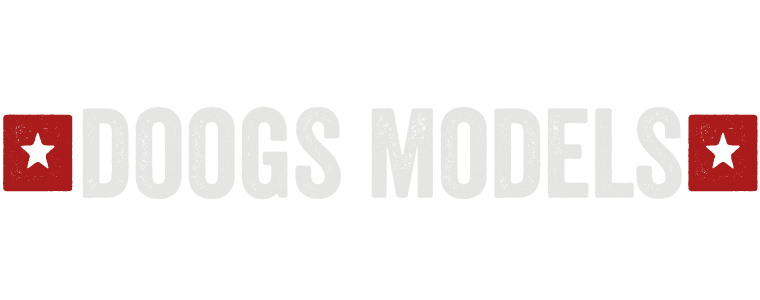
Part I | PART II
With main construction out of the way, it’s time to move on to the fun stuff – paint! These two MiGs are among the smallest kits I’ve ever built – I think the only things smaller are probably the 1/350 aircraft I did way back when I built Tamiya’s Enterprise as an adolescent – but I’m tackling them the same way I would a 1/32 kit.
Only…simplified.
First up…masking.Eduard very thoughtfully provides the smallest mask sheet I’ve ever seen…but without it I doubt I’d have leapt at these kits. Fortunately, despite being so small, the masks fit wonderfully.

With the masks in place (and never fear…that’s a clear mask over the top of the canopy…more on that later), I brought out the interior blue-green mix and shot the canopy framing, then hit the various green panels with Gunze Bright Green.

Eduard takes some serious time out of the mix by providing masks for these green patches, in addition to the canopy. With them masked off, I moved on to a coat of Tamiya XF-1 Flat Black. Pre-shading in 1/144 is just crazy, but I can still add some variation by painting over the black. First though, metalizing the burner cans and the nose ring on the Polish MiG. I used Alclad Magnesium for this task.

One more last bit of prep painting before breaking into the main camo work – the Czech MiG-21 had a big white stripe running vertically just aft of its wings. I gave this some Gunze C69 Offwhite and masked it off once dry.

First up for the camo work, since it didn’t have a complicated fuselage stripe to mask – the Polish MiG. Eduard calls out the bottom color as Light Ghost Gray. I started to get all worried about this and then thought “wait, I’m building a 1/144 MiG and I’m starting to obsesses about the color of gray?”
So I slapped myself and got back to work. The instructions call for three greys…C305, C306 and C307 that, so far as I can tell, are basically the same temperature of gray, just lighter or darker. And I happen to have C306. And white. And black.
So I mixed C306 Gray with about 40-50% white and, heavily thinned, went to work on the underside.

Next up – the Czech MiG. The painting profile calls for RLM 65 Light Blue, but this looked too dark to my eyes, so I opted for RLM 75 Light Blue instead. Went down without a hitch. Got to love Gunze paints.

Upper Camo
After masking off the undersides – a task at once easy and insanely difficult due to the wee size of these buggers, I sprayed the Polish MiG with straight Gunze C306 Gray.

The Czech MiG was trickier. I didn’t have the recommended Gunze brown, and, well, Tamiya’s browns are all either 1) tan or 2) dark and reddish. So I mixed my own shade using XF-68 NATO Brown, XF-2 White and X-9 Orange. Ta da!

With the base colors down…now comes the tricky part. Masking for the fairly intricate camoflage patterns on both of these babies.
My first thought – tape – fills me with dread. Not only cutting out all those little curves in 1/144, but applying them over an uneven surface.
Instead, early in the build I started experimenting with liquid masks. I found Microscale’s Micro Mask to be exactly useless. As in…put it down and it simply will not come off. Rubber cement worked fantastically well, but is too thick to manage the necessary patterns. Then I came across this stuff:

It’s basically latex and ammonia, and it’s designed to be applied on paper, if you can believe it. You just brush it on, paint over it, and peel it off. I tested it out on Fail Frank with some nice and harsh laquer rattlecan paint, and it worked flawlessly. Plus, it’s controllable enough that you can manage fine patterns such as needed for camo work. In fact, it’s so controllable I’ve even used it to mask the burner cans on the MiGs.
When you paint it on, first of all, it stinks. Second, it goes on looking like thinned white glue, but dries glossy clear. You can see the masked areas in the picture below.

Next step – paint! I first went back to both aircraft with some highly thinned black, just to give the darker colors a base to draw some contrast from. Then…the darker colors. The Polish MiG got Gunze C306 darkened with C2 black and a touch of sea blue. In my opinion too much of a touch of both, but alas. The Czech MiG got Tamiya XF-26 Deep Green lightened with some white.
After the paint dried (not long, I started removing the masks. And…ta da:


By and large, the masks did their job quite well. Though I did find that how you pull them off matters. If you rub them off with a finger, you get nice, smooth lines. lf you get one bit up and then pull (the only option on some masks on kits this small), you get some jagged edges. Rubbing over them with a paper towel smooths them out somewhat, but not entirely. Still, so much better than taping.
I also figured out why I keep having problems with my white backdrop…the posterboard itself has a very slight reddish tinge to it. So I switched back to blue for some hero shots.



Next up – decals and finishing up…

I am curious but would the liquid frisket work just as well on a 1/72 jet?
Liquid Frisket… I will try that!